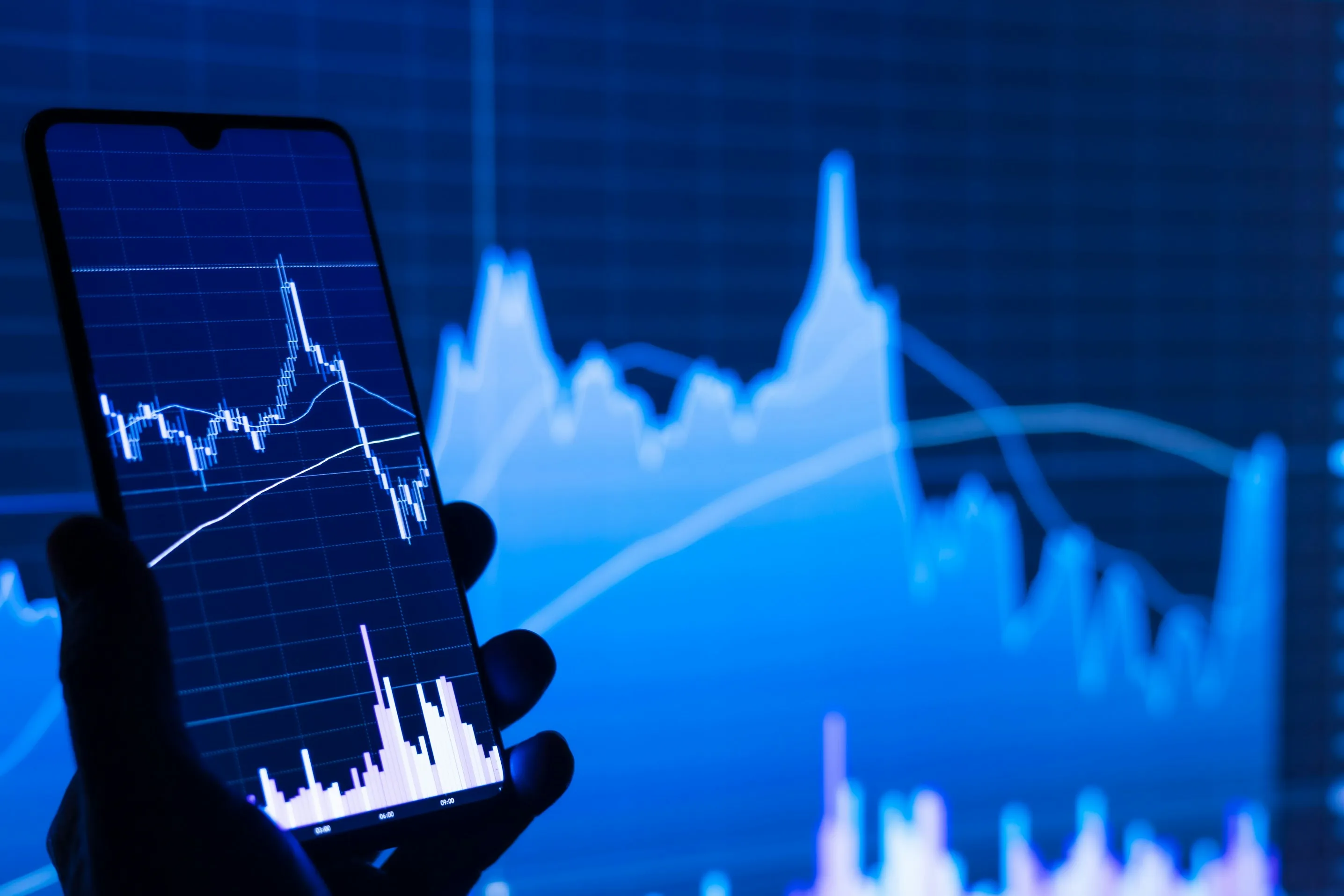
The Real Risk of Chasing High Dividend Stocks
Dividend-paying stocks are often seen as a safe and stable way to generate passive income. For many investors, especially beginners or retirees, the idea of earning regular payouts can be incredibly appealing. But while high dividend yields might look attractive on the surface, they often come with hidden risks that can damage your portfolio more than help it.
What Is a Dividend Yield?
Dividend yield is calculated by dividing a company’s annual dividend payment by its share price. For example, if a stock pays $5 per year and is currently priced at $100, it has a 5% dividend yield.
Problems arise when this yield gets too high — say 8%, 10%, or more — because that could signal issues beneath the surface.
Why a High Dividend Yield Isn't Always a Good Thing
- Falling Stock Price: A stock with a high yield may simply have dropped significantly in value. The dividend might not have increased — the price just fell.
- Unsustainable Payouts: If a company pays out more than it earns, it could be borrowing to fund dividends or cutting into reserves. This isn't sustainable long-term.
- Underlying Financial Trouble: High-yield stocks can sometimes be “value traps” — cheap for a reason. A high yield might signal distress, not opportunity.
The Dividend Trap: When Income Masks Instability
Chasing high yields can lead investors into risky sectors, like distressed energy companies, underperforming real estate firms, or foreign telecoms with unstable currencies. These stocks may look like bargains — but the dividend could be cut at any moment, and the capital losses might outweigh any income received.
What to Look For Instead
- Dividend Payout Ratio: This shows how much of a company's earnings are used to pay dividends. A ratio above 80% is often risky, especially in cyclical industries.
- Free Cash Flow: Healthy companies generate excess cash that supports dividends organically. Always look beyond earnings.
- Dividend Growth History: A company with a stable, growing dividend over 5–10 years is more reliable than one with a flashy 12% yield today.
Balancing Yield with Stability
There’s nothing wrong with dividend investing — but focusing only on yield is like buying a car based solely on speed. Look at the engine, brakes, reliability, and how well it fits your needs. A 3–5% yield from a solid company can be far more valuable than a 10% yield from a ticking time bomb.
Final Thoughts
High dividend yields are tempting, but they often mask greater risks. Smart investors look at the full picture — including financial health, cash flow, and payout sustainability — rather than chasing numbers that seem too good to be true. In investing, stability and growth often matter more than a short-term income boost.
